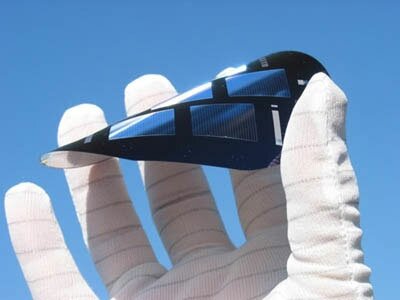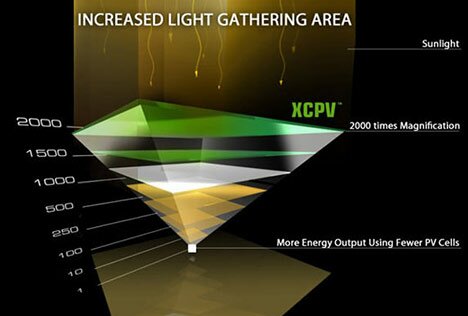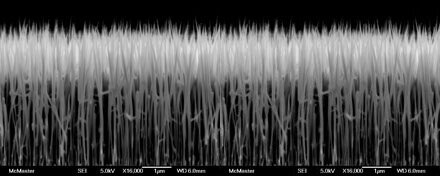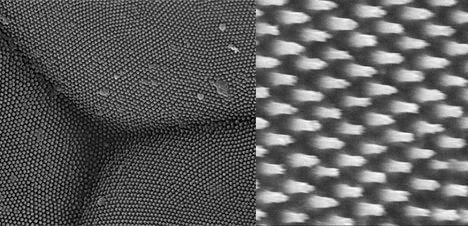Looking Back at Recent PV Innovations
Energy. The lifeblood of modern civilization. Finding clean sources of it is very high on the green movement’s priority list, and one very promising field is solar photovoltaics (PV). We, at TreeHugger, have been covering the field for a while now, and we think it’s time to look in the rearview mirror at some of the top PV solar innovations from our archives.
Thin Film Solar Record: 19.9% Efficiency
A shortage of silicon in the past few years and the demand for thin and flexible panels has helped increase the focus on thin film solar recently, and a lot of progress is being made. The US National Renewable Energy Laboratory (NREL) has created thin film solar panels that are very close to competing with their more traditional silicon-based cousins. “The copper indium gallium diselenide (CIGS) thin-film solar cell recently reached 19.9 percent efficiency in testing at the lab, setting a new world record.”
CoolEarth Inflatable Solar Balloons
Solar photovoltaic cells are still relatively expensive, so many companies are trying to find ways to reduce the PV surface area that they use. One way to do that is to use concentrators to direct more sunlight to smaller (but usually more efficient) solar panels. But even if you do that, you still have high costs for support materials and the concentrators themselves.
That’s the problems that CoolEarth is trying to solve with its inflatable solar collectors. The balloons themselves are said to be 400 times cheaper than a concentrator of the same size made of polished aluminum, and they can be mounted on wires, reducing costs further. Maintenance is also easier: You can repair them with tape, and replace one unit in about 15 minutes. Read on for more details and a promo video.
Sunrgi Xtreme Concentrated Photovoltaics: Solar Power Competitive With Fossil Fuels?
Sunrgi recently made an impressive claim: They say that their system will soon be able to “produce electricity at a wholesale cost of 5 cents per kWh (kilowatt hour).” (!) They do it by concentrating the Sun’s light close to 2,000 times (!!!) into extremely efficient solar photovoltaic cells. Part of Sunrgi’s patent-pending technology has to do with the cooling of the solar cells, dual-axis sun tracking, and the way the whole system is optimized for mass-production. Find out more about it in our post about Sunrgi’s concentrated solar power.
‘Hairy’ Thin Film Solar Panels Using Nanowires
We often hear about new exotic materials and strange shapes, but this could be the weirdest announcement yet: Researchers at McMaster University (coolest name ever) have succeeded in ‘growing’ light-absorbing nanowires made of high-performance photovoltaic materials on carbon-nanotube fabric. In other words, hairy solar panels.
The aim is to produce flexible, affordable solar cells that, within five years, will achieve a conversion efficiency of 20%. Longer term, it’s theoretically possible to achieve 40% efficiency!
Moth Eyes Biomimicry for Solar Panels
Silicon is reflective, so a lot of light that could be turned into electricity is bounced back and lost. Anti-reflective coating is used, but its effectiveness is limited and it has downsides too. So while looking for a solution, researchers noticed that moths have very non-reflective eyes (”most likely an evolutionary defense against nocturnal predators”). The moth-eye process creates panels that reflect less than 2% of light. That’s a vast improvement over the 35 to 40% reflection rate seen without the anti-reflection coating layers.
See the full list
Start Slide Show with PicLens Lite

 Rss
Rss


